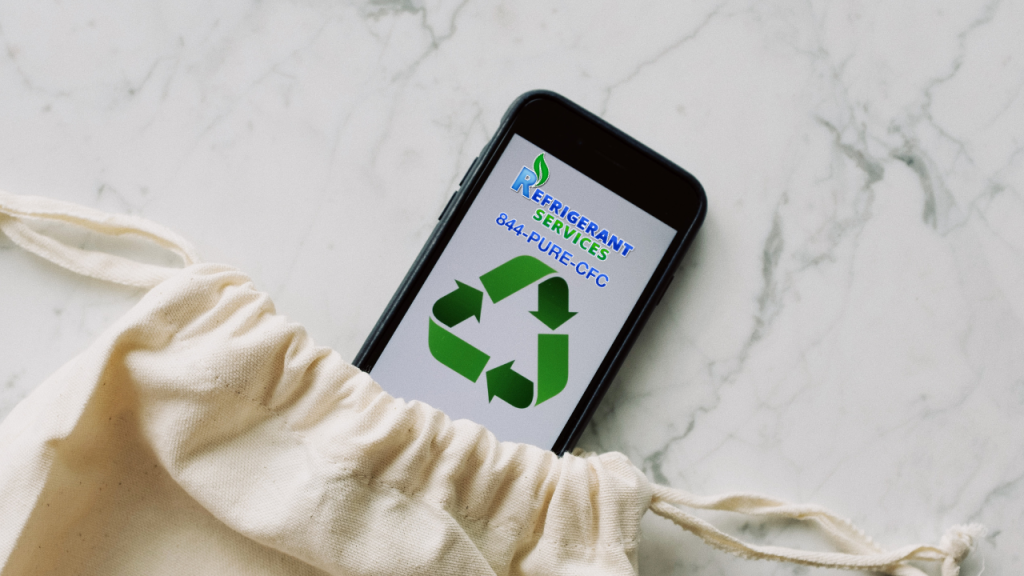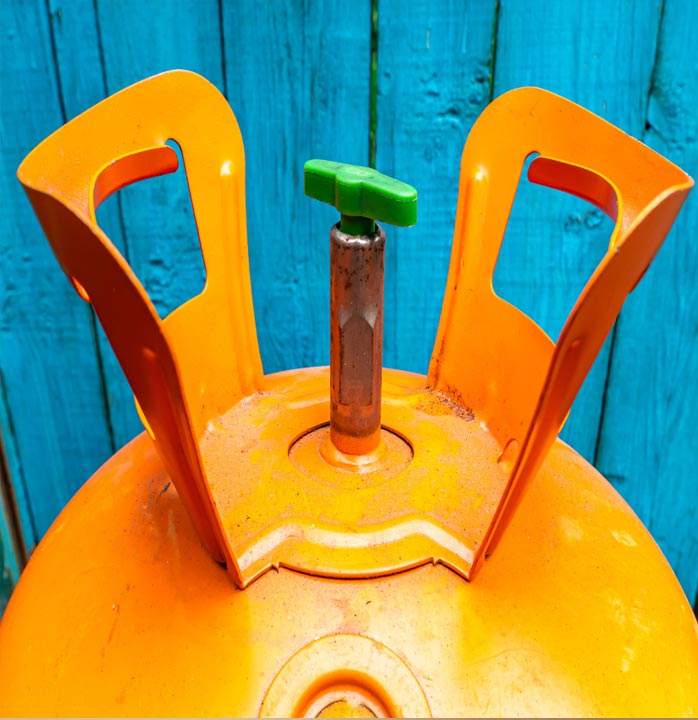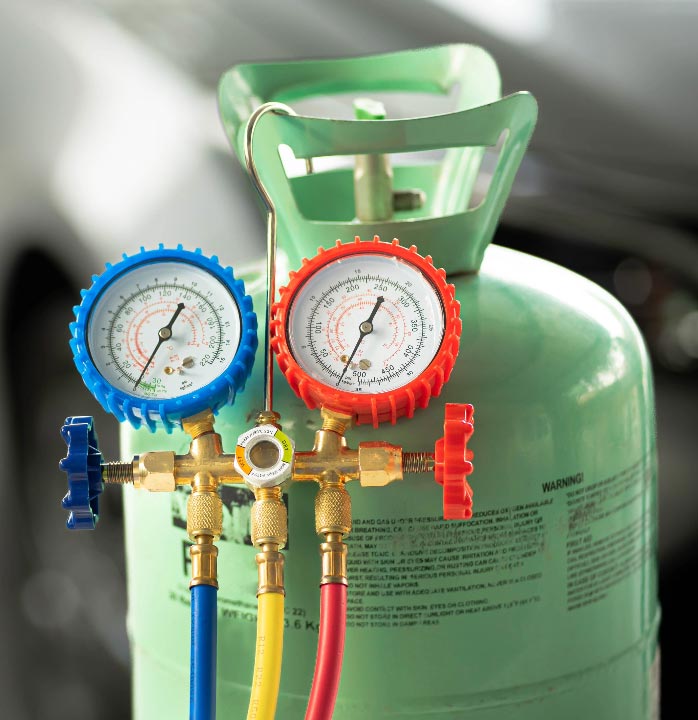As the HVAC industry continues to grow and evolve, sustainability and eco-friendly practices have become critical concerns. One area that demands attention is refrigerant recycling. Effective handling of refrigerants not only adheres to environmental regulations but also ensures the longevity and efficiency of HVAC systems. In this post, we’ll explore the essentials of refrigerant recycling, focusing on how to recover, recycle, and reclaim refrigerants.
Why Refrigerant Recycling Matters
Refrigerants, such as R-22 and R-410A, play a crucial role in HVAC systems. However, their improper disposal can have severe environmental repercussions, including ozone layer depletion and global warming. By implementing refrigerant recycling practices, HVAC technicians and business owners can contribute to a sustainable future while benefiting from cost savings and regulatory compliance.
The Three Rs of Refrigerant Handling: Recover, Recycle, Reclaim
1. Recover
Refrigerant recovery involves the safe removal of refrigerants from HVAC systems into external storage containers. This process is typically conducted during maintenance, repair, or system decommissioning. Key steps in the recovery process include:
- Using Certified Equipment: Ensure that recovery machines and cylinders meet Environmental Protection Agency (EPA) standards.
- Following Proper Procedures: Always adhere to guidelines for depressurizing the HVAC system before beginning the recovery process.
- Storage and Transport: Store recovered refrigerants in approved containers and label them accurately for transportation to recycling facilities.
2. Recycle
Recycling refrigerants involves cleaning the recovered refrigerants to remove impurities, such as oil, moisture, and particulates, so they can be reused. The recycling process typically includes:
- Filtration: Using filters to remove particles and other solid contaminants.
- Moisture Removal: Employing methods such as desiccant drying to eliminate moisture content.
- Recharging: After recycling, the refrigerant can often be recharged back into the same or another compatible HVAC system.
3. Reclaim
Reclamation is a more rigorous process compared to recycling. It involves processing the refrigerant to restore it to its original specification, often to the standards required for new refrigerants. This process is essential when refrigerants are heavily contaminated or require purity levels that recycling cannot achieve. Steps include:
- Advanced Purification: Using sophisticated purification systems to remove all contaminants.
- Laboratory Testing: Ensuring the reclaimed refrigerant meets AHRI Standard 700 purity standards.
- Certification: Obtaining certification from a reputable reclamation facility to ensure compliance with regulatory standards.
Benefits of Refrigerant Recycling
Environmental Impact
Refrigerant recycling significantly reduces the release of harmful substances into the atmosphere. By preventing ozone-depleting chemicals and greenhouse gases from escaping, HVAC technicians and business owners play a pivotal role in protecting our environment.
Cost Savings
Recycling and reclaiming refrigerants reduce the need to purchase new refrigerant supplies, which can be costly. Additionally, proper handling and recycling can prevent fines associated with non-compliance to environmental regulations.
Regulatory Compliance
Adhering to refrigerant recycling practices ensures compliance with EPA guidelines, including the Section 608 of the Clean Air Act in the United States. Failure to comply can result in hefty fines and legal repercussions.
Best Practices for HVAC Technicians and Business Owners
Invest in Training and Certification
Ensure that all personnel involved in refrigerant handling are certified and trained according to industry standards. Continuous education helps keep the team updated on the latest regulations and best practices.
Use High-Quality Equipment
Invest in reliable and certified equipment for refrigerant recovery, recycling, and reclamation. High-quality tools not only enhance efficiency but also ensure safety and compliance.
Maintain Accurate Records
Keep detailed records of refrigerant recovery, recycling, and reclamation activities. Documentation should include quantities recovered, recycled, and reclaimed, as well as certifications and disposal records.
Partner with Certified Reclaimers
Collaborate with certified refrigerant reclaimers who comply with EPA standards. These partnerships ensure that refrigerants are processed correctly and responsibly.
Conclusion
Refrigerant recycling is not just an eco-friendly practice; it’s a critical component of responsible HVAC management. By focusing on the recovery, recycling, and reclamation of refrigerants, HVAC technicians and business owners can contribute to sustainable business practices that benefit both the environment and their bottom line. Embrace these practices today to ensure a better tomorrow for the HVAC industry.
For more insights on eco-friendly HVAC solutions and sustainable business practices, stay tuned to our blog. If you have specific questions or need professional assistance with refrigerant recycling, don’t hesitate to reach out!
Interested in learning more about sustainable HVAC practices? Subscribe to our newsletter for the latest updates and expert tips on eco-friendly HVAC innovations. Together, we can make a difference, one refrigerant at a time.
Join us in making a positive impact on the environment while boosting your bottom line. Contact us today to learn more about how our Refrigerant Buyback Program can benefit you!
Refrigerant Services LLC
54000 Grand River Ave
New Hudson, MI 48165
#844-PURE-CFC (787-3232)





